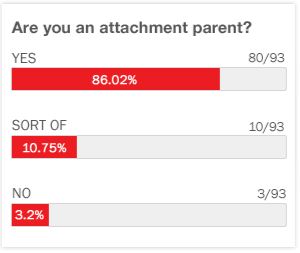Polycystic Ovarian Syndrome
Comment
Fertility Specialist Kari Sproul, MD, explains what Polycystic Ovarian Syndrome, what the signs and symptoms are, and how it is commonly treated
46
Transcription:
Polycystic Ovary Syndrome is the most common endrocrine disorder in reproductive age women.
It is characterized by patients who have irregular periods, elevated male hormones in their blood, or an abnormal hair growth pattern, and polycystic ovaries on ultrasound. We diagnose it by taking a good history and taking a physical exam, and also, an ultrasound of the patient. Then we send off bloodwork to see if they do have elevated male hormones in their blood.
If patients have two of the three of those characteristics, that makes the diagnosis. Of course, we need to exclude other things that may cause those abnormalities as well. We treat Polycystic Ovary Syndrome depending on the complaint the patient is presenting with. If the patient presents with infertility because they have difficulty ovulating, we can give them medications to help them ovulate. If they are presenting with abnormal hair growth, we can also give them medications to try and decrease the hair growth the patients may have.
Fertility Specialist Kari Sproul, MD, explains what Polycystic Ovarian Syndrome, what the signs and symptoms are, and how it is commonly treated
Related Videos
Transcript
Expert Bio
More from Expert
Kari Sproul, MDFertility Specialist
Kari Sproul is a Reproductive Endocrinologist and Infertility (REI) doctor in Los Angeles. She sees patients who have irregular menstrual cycles, as well as patients who are trying to conceive. She is married and has a 20-month-old son. In her spare time, she enjoys all outdoor activities. She also loves to run and recently completed her first triathlon.




 GET ACCESS TO ALL PREMIUM CONTENT WITH NO ADS FOR $4.99/MONTH
GET ACCESS TO ALL PREMIUM CONTENT WITH NO ADS FOR $4.99/MONTH




Login or Register to view and post comments